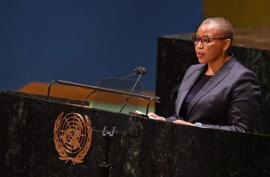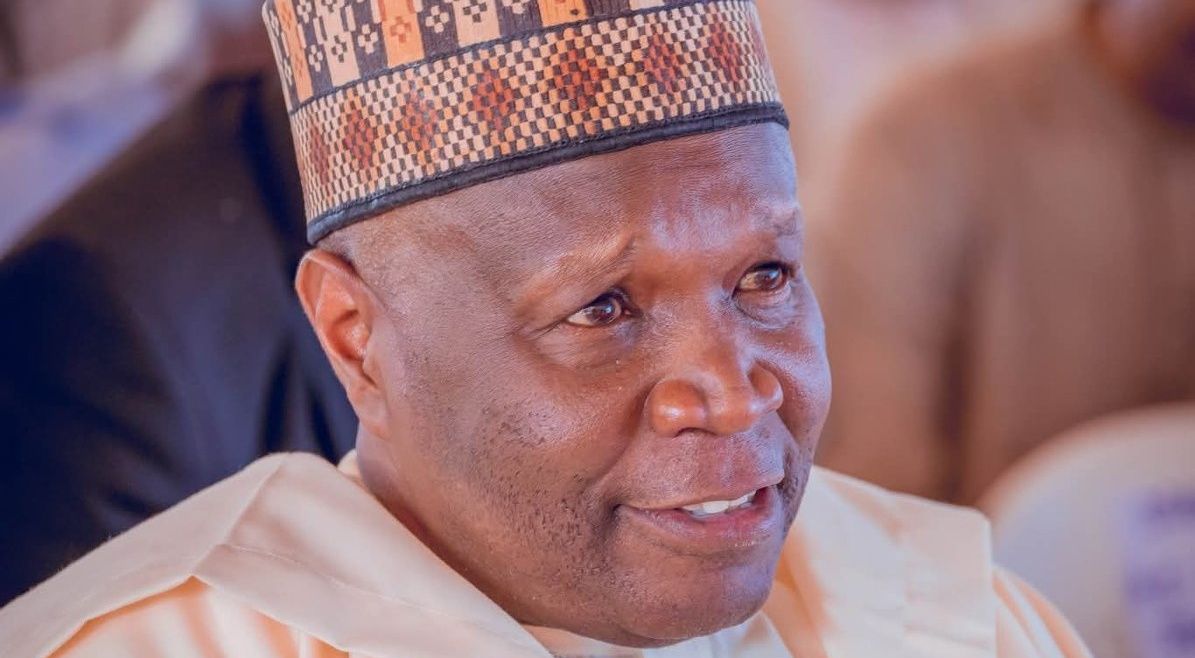BEYOND QUOTAS: BUILDING GENDER-INCLUSIVE WORKPLACES IN SOUTH AFRICA
5 Actionable Strategies for Meaningful Inclusion
In 2025, South Africa stands at a pivotal juncture in its pursuit of gender equality. Recent amendments to the Employment Equity Act have introduced specific racial and gender-based targets across various industries, emphasising the need for equitable representation at all occupational levels. Despite progressive legislation, women continue to face systemic challenges in the workplace, including underrepresentation in leadership roles and persistent wage disparities.
The Broad-Based Black Economic Empowerment (B-BBEE) framework has played a critical role in encouraging companies to create space for women, not just on paper, but within boardrooms, project teams, and senior leadership.
And, while compliance is important, inclusion must be more than a numbers game. “There are businesses that have been driving this transformation long before it was mandated, not because it was required, but because it was the right thing to do. And, because it’s good business,” says Serisha Sirputh, Director at LDM, a Built Environment consultancy firm. “Women bring innovation, resilience, and a different kind of leadership to the table, especially in industries where they’ve historically been excluded.”
In the construction industry, where women have rarely had a seat at the table, companies like LDM are showing what’s possible when inclusion is intentional. With over 40 years of experience in the built environment sector and a workforce that is now 51% women, LDM has created pathways for female talent to grow, lead, and thrive…well beyond entry-level!
As new legislation shines a spotlight on transformation, the challenge for businesses is not just to comply, but to lead. True inclusion demands more than policy, it requires intent, consistency, and a culture that values the contribution of every individual. “Inclusion is seen in how you hire, how you lead, how you listen,” says Sirputh. “If you want innovation, loyalty, and long-term performance, you need to create environments where women can do more than participate, they need to thrive.”










